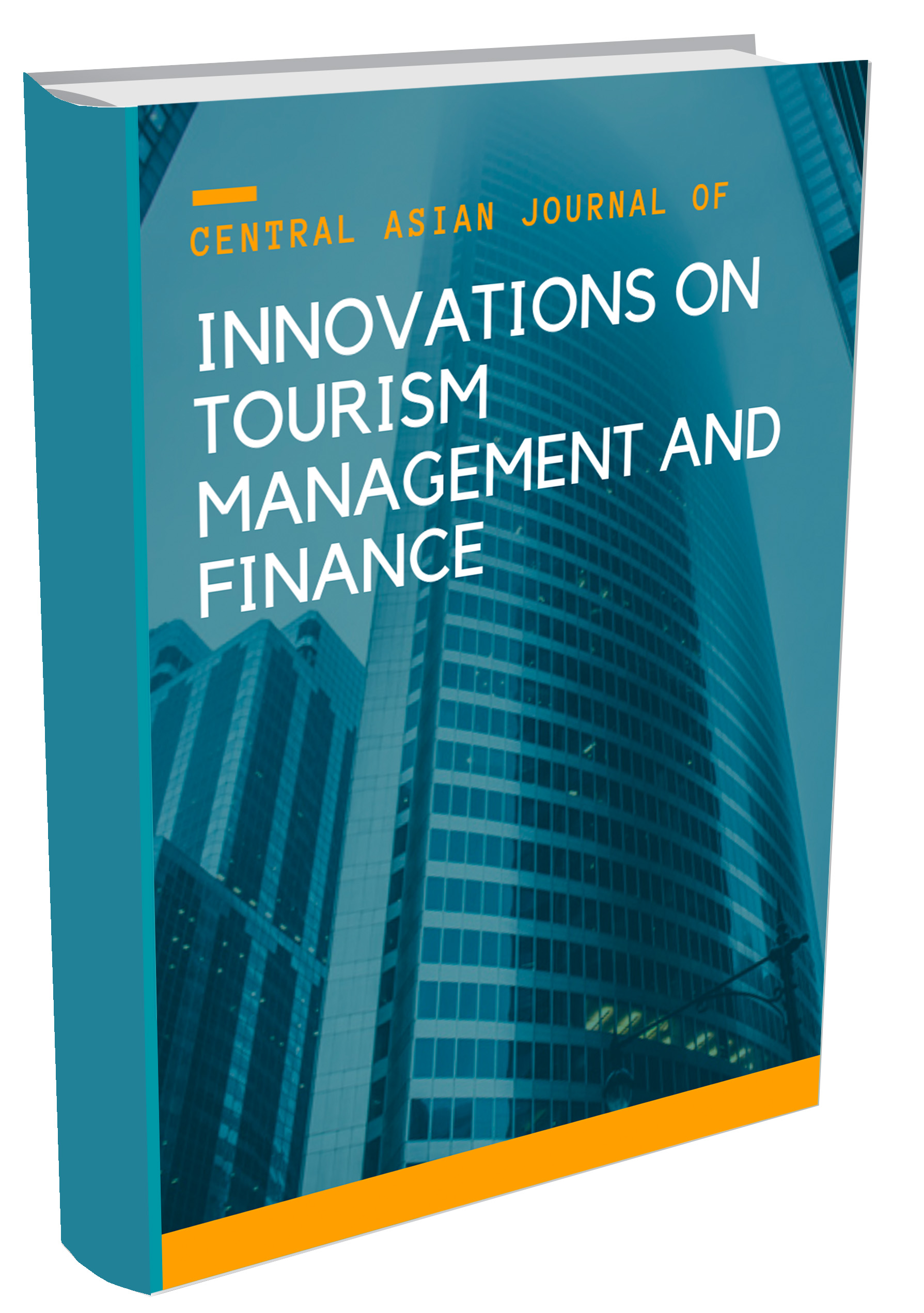ECONOMIC AND FINANCIAL EFFECTS OF THE EXTERNAL DEBT PROBLEM: INTERNATIONAL EXPERIENCES OF JORDAN AND IRAQ
Abstract
The current research aims to clarify the economic and financial effects of the problem of external indebtedness, which is one of the important problems in our century, and the researcher identified a study of the experiences of the countries of Jordan and Iraq, to come up with a set of recommendations that contribute to solving this problem, and based on the importance of the topic of research for the Iraqi state was The use of some financial data that was obtained from the Iraqi Ministry of Finance.
References
[2] Ali Abdel Fattah Abu Sharara, International Economics (Theories and Policies), Dar Al Masirah for Publishing and Distribution, third edition, Amman, 2013.
[3] The interview, Ali Hussein: The effect of indebtedness on the phenomenon of capital flight, “An Applied Study on Jordan,” King Saud University Journal, Volume Five, Administrative Sciences (1) (1993)
[4] Abdul Karim Jaber Al-Issawi, International Finance (modern entrance), Dar Safaa for Publishing and Distribution, first edition, Amman, 2002.
[5] Al-Momani, Riyadh, “Jordanian foreign debt: its causes and economic consequences,” King Saud University Journal, Administrative Sciences (2), Volume VII, Riyadh, Saudi Arabia (1995).
[6] Prof. Dr. Nabil Jaafar Abdul-Ridha Lamarsoumi / University of Basra / College of Administration and Economics / Nabilj-2006@yahoo.com
[7] Arezki, R., & Brückner, M. (2012). Commodity windfalls, democracy and external debt. The Economic Journal, 122(561), 848-866.
[8] Era.MI.SR2008.
[9] K.criffin, Forgen capital domestic, saving and economic development,1994
[10] Karagol, E. (2012). The causality analysis of external debt service and GNP: The case of Turkey. Central Bank Review, 2(1), 39-64.
[11] Medani Mohamed Ahmed .External debts. growth and peace in the Sudan,(some serious challenges facing the country)in the post-conflict
[12] Ogunmuyiwa, M. S. (2011). Does external debt promote economic growth in Nigeria. Current Research Journal of Economic Theory, 3(1), 29-35.
[13] Poirson, M. H., Ricci, M. L. A., & Pattillo, M. C. A. (2004). What are the channels through which external debt affects growth? (No. 4-15). International Monetary Fund.
[14] Shahbaz, M., Shabbir, M. S., & Butt, M. S. (2016). Does military spending explode external debt in Pakistan?. Defence and Peace Economics, 27(5), 718-741.
[15] UN , population fund , the state of world population , Now york ,1992.
[16] UN, Dep of public information rhe debt , 1989
[17] Wald Bank ,world tables , 1992-1993.
[18] Wionczek, M. S., & Tomassini, L. (2019). Politics and economics of external debt crisis: the Latin American experience. Routledge.
Copyright (c) 2021 Inam Abbas Hamidi

This work is licensed under a Creative Commons Attribution 4.0 International License.
In submitting the manuscript to the Central Asian Journal of Innovations on Tourism Management and Finance, the authors certify that:
- They are authorized by their co-authors to enter into these arrangements.
- The work described has not been formally published before, except in the form of an abstract or as part of a published lecture, review, thesis, or overlay journal.
- That it is not under consideration for publication elsewhere,
- The publication has been approved by the author(s) and by responsible authorities – tacitly or explicitly – of the institutes where the work has been carried out.
- They secure the right to reproduce any material that has already been published or copyrighted elsewhere.
- They agree to the following license and copyright agreement.
License and Copyright Agreement
Authors who publish with Central Asian Journal of Innovations on Tourism Management and Finance agree to the following terms:
- Authors retain copyright and grant the Central Asian Journal of Innovations on Tourism Management and Finance right of first publication with the work simultaneously licensed under Creative Commons Attribution License (CC BY 4.0) that allows others to share the work with an acknowledgment of the work's authorship and initial publication in this journal.
- Authors can enter into separate, additional contractual arrangements for the non-exclusive distribution of the Central Asian Journal of Innovations on Tourism Management and Finance published version of the work (e.g., post it to an institutional repository or edit it in a book), with an acknowledgment of its initial publication in this journal.
- Authors are permitted and encouraged to post their work online (e.g., in institutional repositories or on their website) before and during the submission process, as it can lead to productive exchanges, as well as earlier and greater citation of published work.





